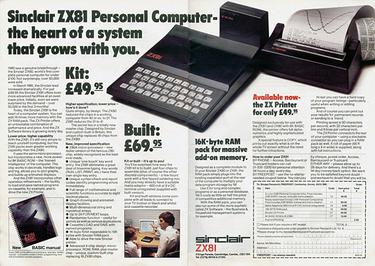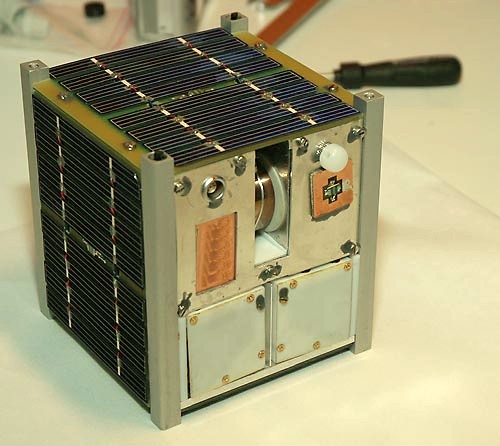
After I had taught social studies for a few years we started to hear talk about personal computers. They could fit on your desk, were fully programmable to perform a multitude of functions and could be had for prices ranging from a few hundred to a thousand dollars and more. Their practical applications were hardly imagined and were noticed only be a subset of a subset of nerd types.
I am starting to wonder now if we’re on the verge of a new emerging and equally surprising technology, do-it-yourself satellites. That’s right, satellites in low earth orbit, built with commercial off-the-shelf components and designed for scientific research.

They are called CubeSats, typically about 10 centimeters cubed and weighing about 3 pounds. They can be launched as part of the payload of commercial rockets or deployed from the International Space Station.
There are three reasons why I believe that they may be coming to a high school (or middle school) near you.
- Our exploration of space has continued with NASA’s exploration of the solar system with robotic space craft and the successful rocket launches by commercial interests including SpaceX and many others. Our interest in Space exploration remains high as shown in a June 2018 Pew Research report which reports that 72% of surveyed believe that U.S. remain a world leader in space exploration. Also indicating increase is a survey reported by Centauri Dreams, that Americans believe that space exploration is a good investment, increasing from 49.5% (1988) to 59.3% (2007) to 69.1% (2018).
- Increasing commercial interest in mining asteroids for precious metals and iron, cobalt and nickel for space construction; and weightless manufacturing.
- A probable increase in the demand for professionals with knowledge and skills related to a space industry, including: electronics, computer science, geology, chemistry, astronomy,exobiology, engineering, astrophysics and philosophy.
Some high schools have already started designing and constructing CubeSats, some already in orbit. Here is a list with launch dates from nanosats.eu:
- Thomas Jefferson High School for Science and Technology [LD:2013-11-20]
- Max Valier Technical High School [LD:2017-06-23]
- Woodbridge High School [LD:2018-11-11]
- University High School [LD:2018-12-03]
- Thomas Jefferson High School for Science and Technology [LD:2019-10-19]
- IRIM – Croation Makers (Croatia) [LD:2020-12-31]
- Ithica High School [LD:2020-12-31]
- Raisbeck Aviation High School [LD:launch canceled]
First high school team to design, fund, build, test, launch, and communicate with an imaging CubeSat and a 3D-printed chassis—using polyether ether ketone, PEEK. - Palos Verdes High School [LD:2020-12-31]
- University High School [LD:2021-12-31]
- Arnold O. Beckman High School [LD:launch canceled]
- Valle Christian High School [LD:launch canceled]
- University High School [LD:2021-12-31]
